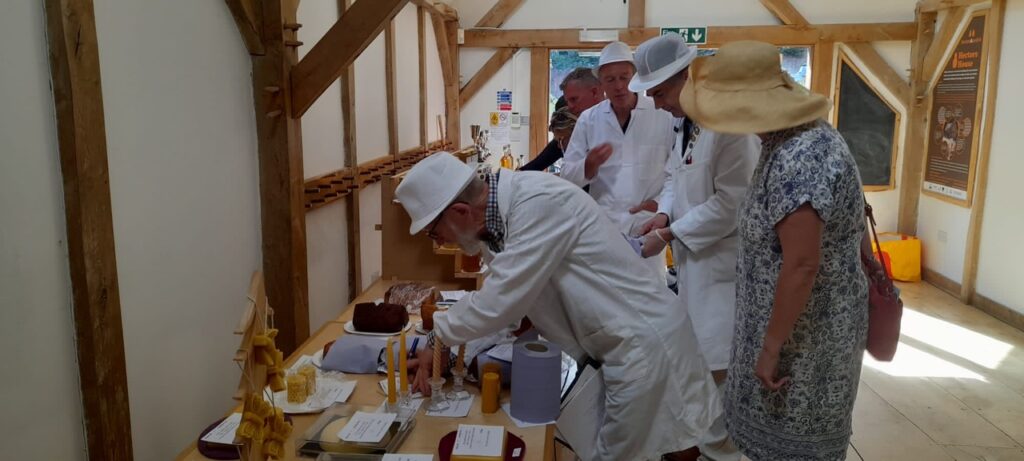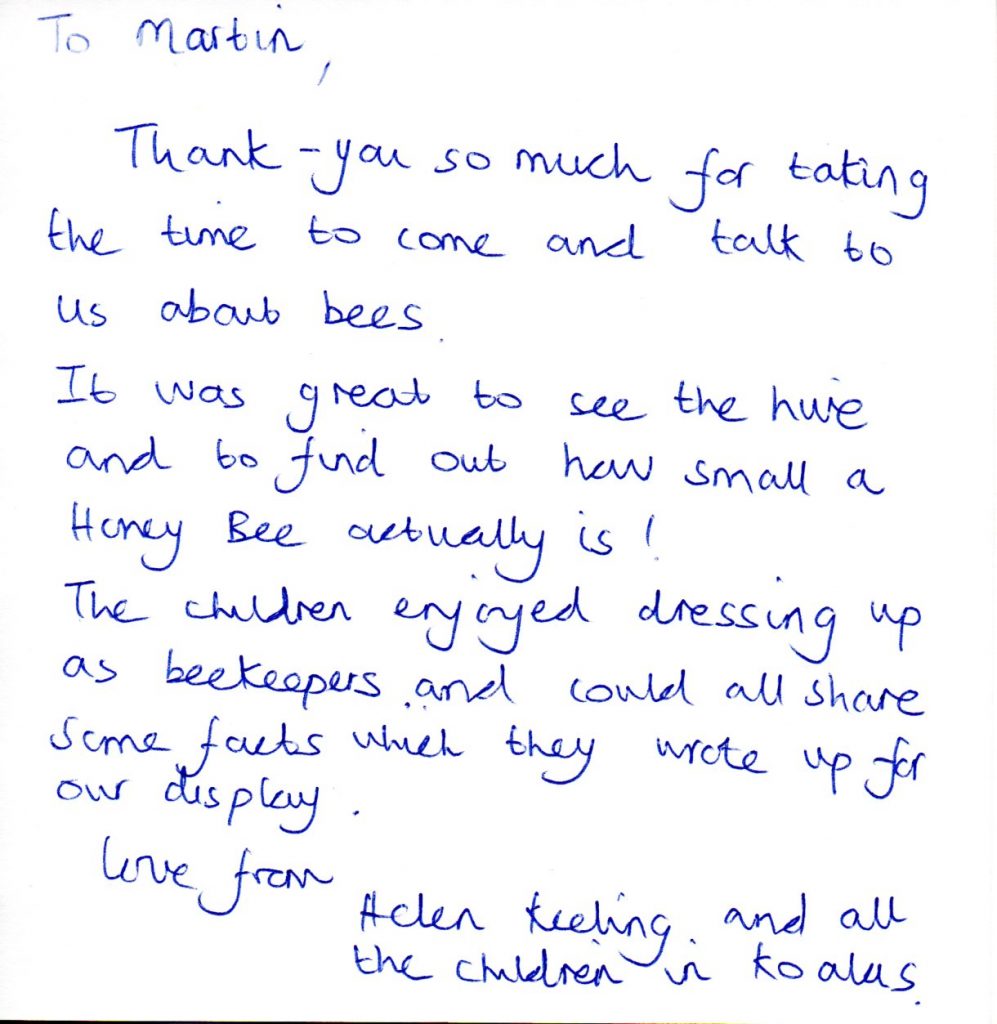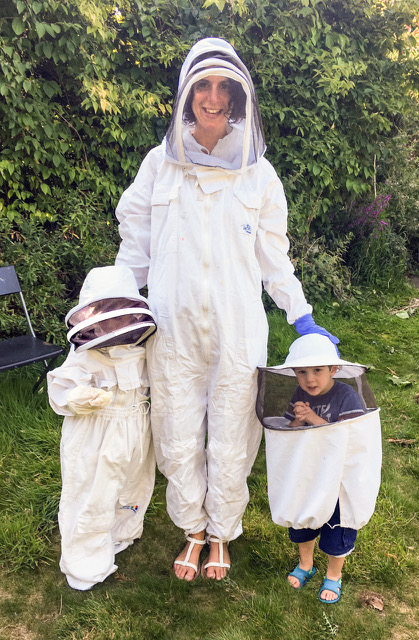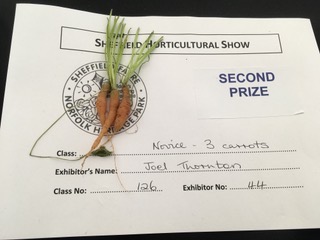SBKA is aware of, and concerned by, the threatened invasion by the yellow-legged asian hornet (YLAH). The hornet could decimate our honeybees along with other pollinators.
The DEFRA’s national guidance relating to an Asian Hornet response/contingency plans encompass the following sequential objectives:
1. Early detection; detection of Asian hornet presence as soon as possible.
2. Interception and preventing establishment.
3. Eradication of any outbreak, if considered practicable.
4. Containment and controlling an outbreak within a limited geographical area.
5. Establishing long-term management of Asian hornets where eradication and control is no
longer possible due to the number and extent of outbreaks.
6. Aiding the beekeeping industry, pest controllers and local authorities in the form of training on pest and disease control.
The National Bee Unit (NBU) has also issued a list of areas where beekeepers should focus their efforts in order to increase the effectiveness of an Asian hornet response: https://www.nationalbeeunit.com/diseases-and-pests/asian-hornet/the-role-of-asian-hornet-teams-ahts/
1 Raising Awareness with the Public and Beekeepers
2. Monitoring and Trapping
3. Following up Leads:- During an Asian hornet Contingency Response and as part of any Post Contingency Response
The British Beekeepers Association (BBKA) has adopted the same approach, identifying areas where beekeepers should focus their efforts in the context of the role of Asian Hornet Teams (AHTs).
There is a significant amount of information relating to the YLAH on the BBKA website – the link to the BBKA page can be found here.




